Museums to visit in Panama
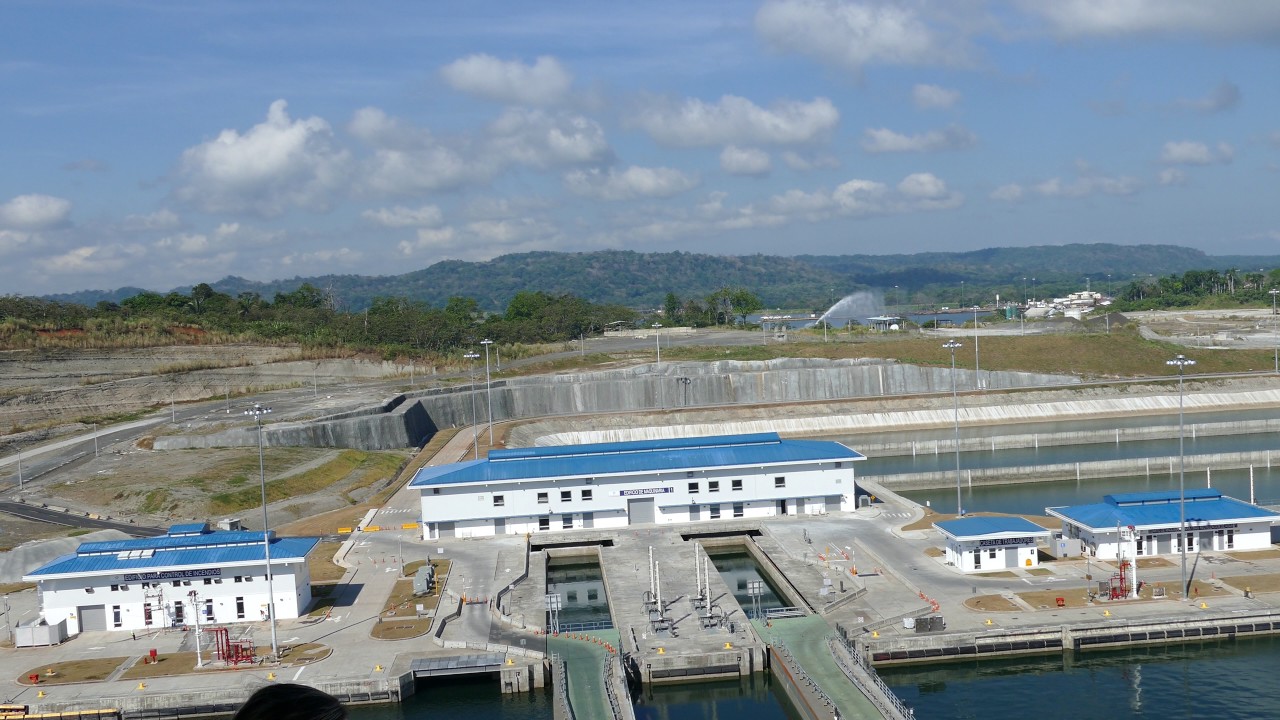
Agua Clara Visitor Center (Panama Canal Locks on Atlantic side)
Located on the Atlantic side, near Colon City, the Agua Clara Visitor Center is a place where the Panama Canal has made it clear that both its legacy and its grandeur will continue to bear fruit for the world.
With an unparalleled view, this place is waiting for you and all those who want to enjoy a pleasant experience enriched with interesting facts, but especially by being part of the history of the route that unites the world.
The center offers a breathtaking panoramic view that contrasts two particular scenarios that generate mixed feelings. On one side you will find the famous Gatun Lake, where cargo ships or other vessels transit every day, while on the other side, but from a different perspective, you will be amazed by the view of the expansion works. Beyond its surprising technology or colossal machinery, you will be astonished by the work of thousands of people, who with discipline and determination head towards the same goal to make Panama stronger and Panamá worthy of admiration.
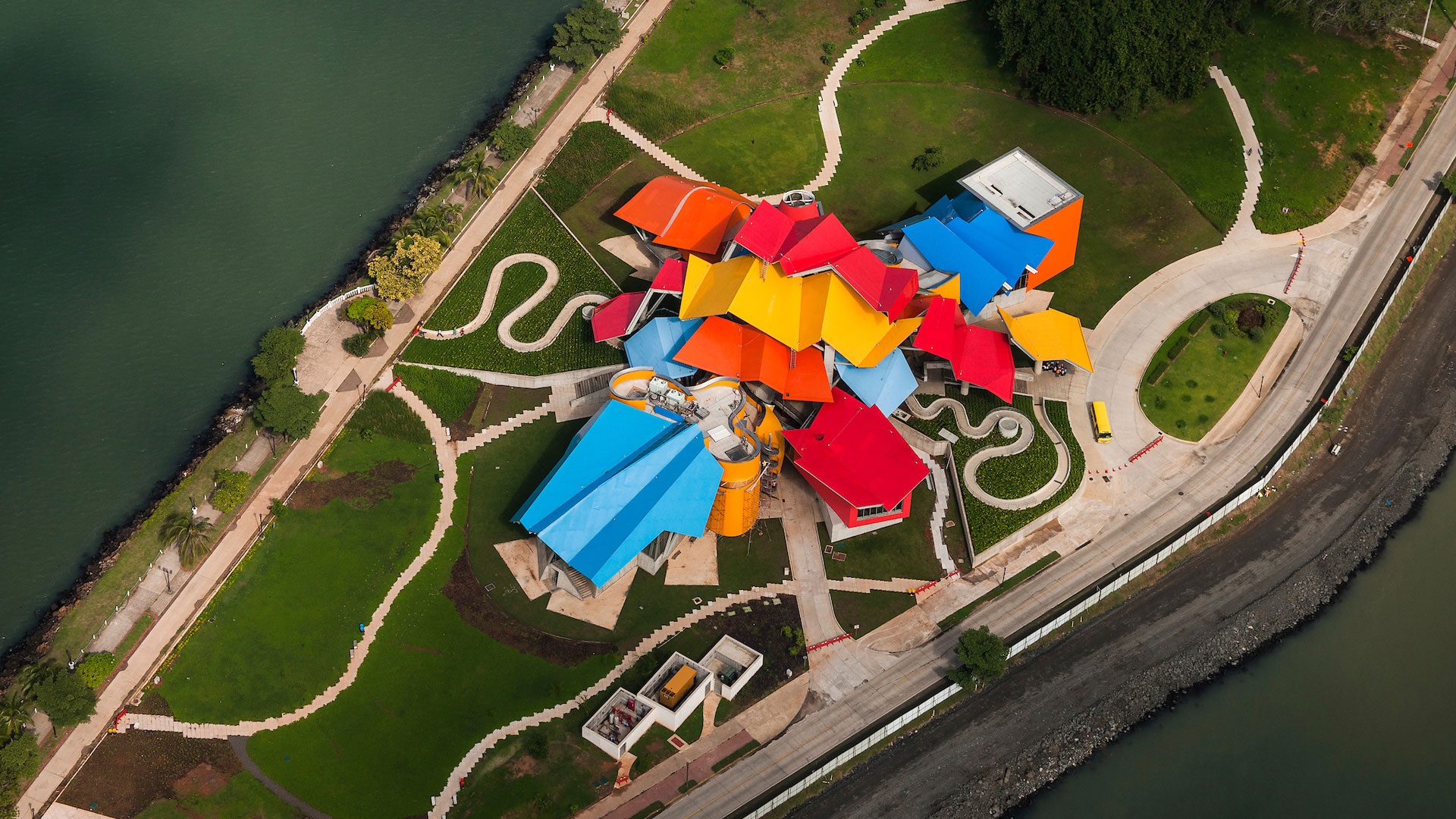
Biodiversity Museum
The Biomuseo is the latest cultural and eco-tourism destination! The Biomuseo is situated within view of the Pacific Ocean to the east and the entrance to the Panama Canal to the west, placing it at the forefront of a new cultural and eco-tourist center for the region.
The Biomuseo is the latest interactive museum conceived by Gehry, whose projects in Bilbao, Spain and other cities have help to revitalize cultural centers.
At the heart of Frank Gehry’s design for the Biomuseo is a public outdoor atrium covered by a lively assemblage of metal canopies in different shapes and strong colors: blue, red, yellow, green.
The museum has a public a 6-acre (2.4-hectare) Biodiversity Park.

Center of the Panamanian Culture in Cocle
Cocle is known as the land of sugar, salt, and presidents. More sugar has been refined in this province, more salt has been produced here, and more Panamanian presidents have been born in Cocle than in any other province. The locals are very proud of this but the province isn’t just about political legacies and table condiments. Situated in the very center of Panama on the Pacific coast, the Province of Cocle is famous for endless tourist attractions.
Some people say that the word “Cocle” comes from “Cocole”, the name of the Indian tribe that inhabited Panama many years ago. Many pre-Columbian artifacts and graves were found on the territory of the province, e.g. in Sitio Conte. Based on dates from the goldwork and polychrome ceramics found at the site, its use is dated from approximately 450–900 A.D. Among others, there are jewels; pottery; bone, gold and stone jewelry; precious metals; gems; fabrics, etc.
Covering an area of eight hectares, the El Caño Archaeological Site has an extremely intriguing history. After almost a decade of excavations and studies, archaeologists discovered a large number of mounds surrounded by a circular row of huge stones. The mounds turned out to be Native American tombs of "middle-class" individuals, buried there between 500 and 1550 A.D.
Founded in 1581, the town of Penonome is the capital of the province of Cocle. We will visit the geographic center of the Republic of Panama and the San Antonio Museum. Located in the San Antonio district, the museum represents Pre-Columbian Panama by an unequalled collection of “huacas”, the ceramic art of the ancient people. Exhibits illustrate farming and fishing pursuits in this area that date back to 2800 B.C., the Spanish conquest, and Catholic religious art of the XVI-XIX centuries, including ceremonial and personal decorative pieces.
Other tourist attractions in Penonome are the Main Square and Saint John the Baptist Church; the 8 of December Park; San Antonio district; and Handicrafts Market where you can buy a “sombrero pintado”, the traditional Panamanian black and white hat.
Founded by the Spanish in 1520, full name of this historical city is Nata de Los Caballeros, where Nata is commemorating local casique Anata and "Los Caballeros" — 100 Spanish knights quartered in the city. The town is the third oldest surviving town in Panama. It is home to a church which claims to be the oldest one in the Americas. It is thought that the church, known as the Basílica Menor Santiago Apostól de Natá, was built over several decades after the Spanish arrived.
It’s a long trip, more than 300 km both ways. The approximate duration is 12 hours.
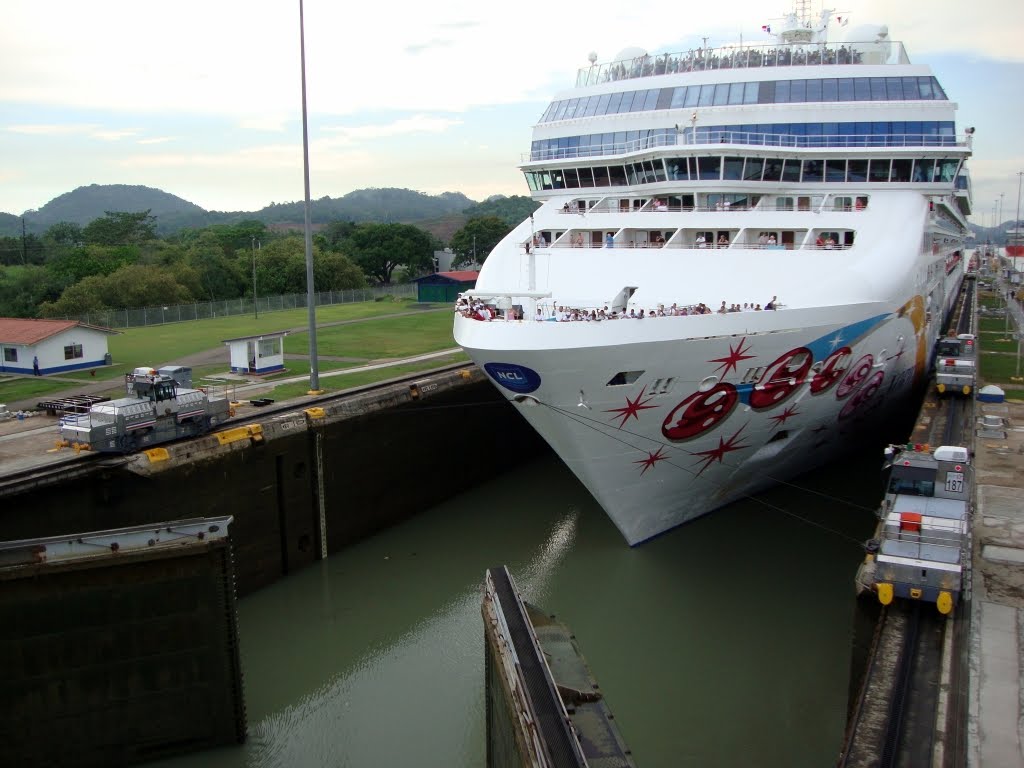
Panama Canal Visit (Miraflores Locks)
Miraflores Locks at the Panama Canal Visitors Center is the perfect place to witness how the Panama Canal works. From the observation decks, visitors may watch the lock gates open and close as vessels begin or end their transit. Through the exhibitions, you can learn about the Panama Canal’s history, its impact on international trade, how it works, its close relationship with nature and the Canal Expansion. A 3D movie portrays the story of the waterway.
We will visit old and modern parts of the city, starting from the Former Canal Zone where the Americans lived during the construction of the Panama Canal, and ending with the Balboa Avenue, one of the most beautiful streets of the city along the bay.
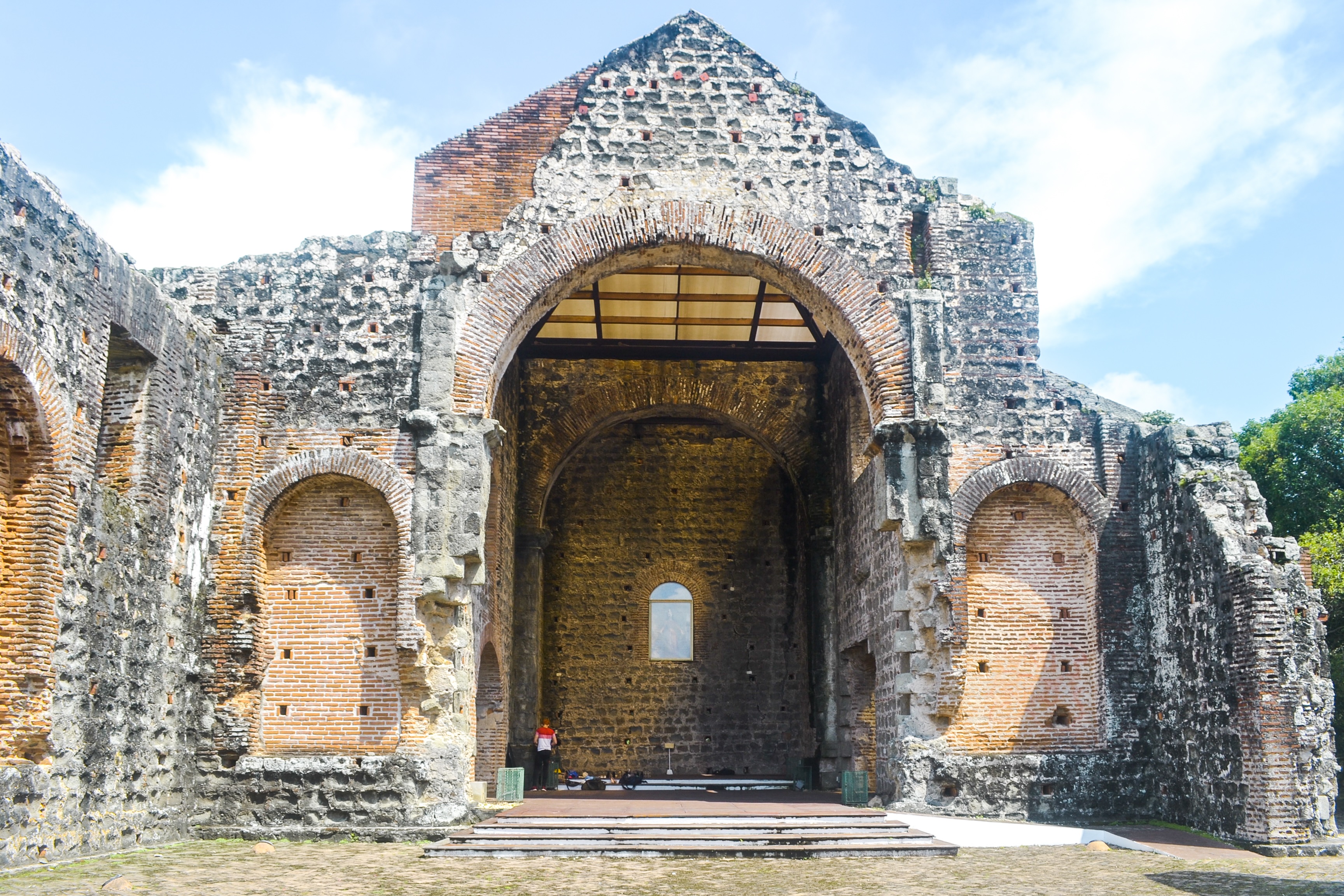
Panama Viejo Historical Monument Complex
The Panama Viejo Historical Monument Complex, designated as such by Law 91 of December 1976 and also known as the Panama Viejo Archaeological Site or as Panama La Vieja, is located within the modern city of Panama, between the mouths of the rivers Algarrobo and Abajo, in front of the Pacific Ocean, at the narrowest part of the Isthmus.
The site includes the ruins of the first European settlement on the Pacific Coast of the Americas, as well as traces of the first inhabitants of the Isthmus. Panama City was founded by Pedrarias Dávila on August 15th 1519, and reached 10,000 inhabitants in the XVII century.
Initially Panama’s function was closely linked to the conquest expeditions that were heading to South America, but its strategic role as the axis of one of the most important commercial routes of the time placed the city in a privileged position and marked from then on its destiny as a territory at the service of international transit.
In 1671 the city was destroyed by an attack led by the English pirate Henry Morgan, and it was never rebuilt. The remains of the old city were abandoned for more than two centuries. This radical abandonment allowed for the long-term conservation of the historical and archaeological remains of the important buildings and structures, while the city’s activity was transferred to what is currently known as the Old Quarter or Casco Antiguo.
The city of Panama, towards the XVII century, had an approximate area of 60 hectares. Currently the Panama Viejo Historical Monument Complex covers around 28 hectares that include the ruins of some of the most important buildings of the Colonial period, as well as the archaeological traces of the pre-Hispanic and Colonial periods. On July 5th 2003 the UNESCO World Heritage Committee added the Panama Viejo Archaeological Site the World Heritage list as an extension of Panama’s Historic District.
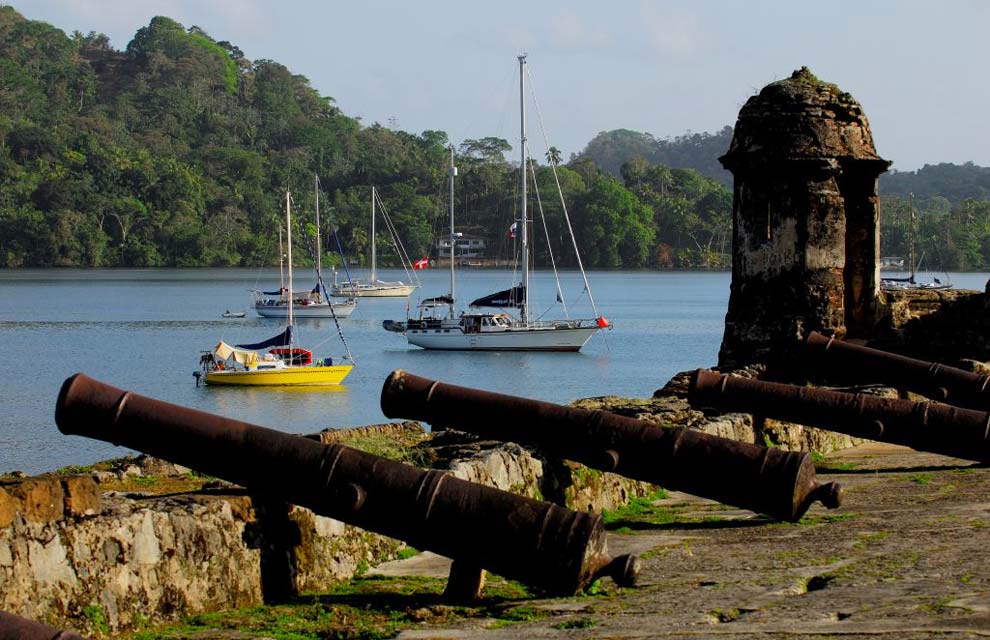
San Lorenzo Fort
The San Lorenzo Fort was built by the Spanish in 1596. Standing at the farthest point, 25 meters above the sea level, to get a clear view of the Chagres River and the Caribbean Sea, you can only wonder how many people admired the same view during these 400 years of history of the fort.
The Caribbean side of Panama with beautiful virgin beaches, islands and bays, will tell you about the history and the conquest of Portobelo. Once a destination for huge amounts of gold and riches extracted by the Spanish from the South America, Portobelo was subject to numerous raids and was highly coveted by notorious pirates such as Francis Drake, Henry Morgan, and Edward Vernon. Trying to save his treasures from the pirates, King Philipp II of Spain ordered a fortress to be built on the Caribbean coast. Some of these forts can be seen nowadays including San Lorenzo, San Geronimo, Santiago de la Gloria, San Fernando, and San Fernandin.
In 1980, the ruins of the fortification, along with the nearby San Lorenzo Fort, were declared a UNESCO World Heritage site.
The way back to Panama City takes approximately 2 hours.